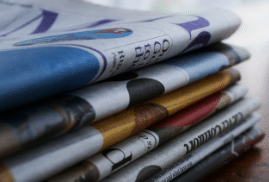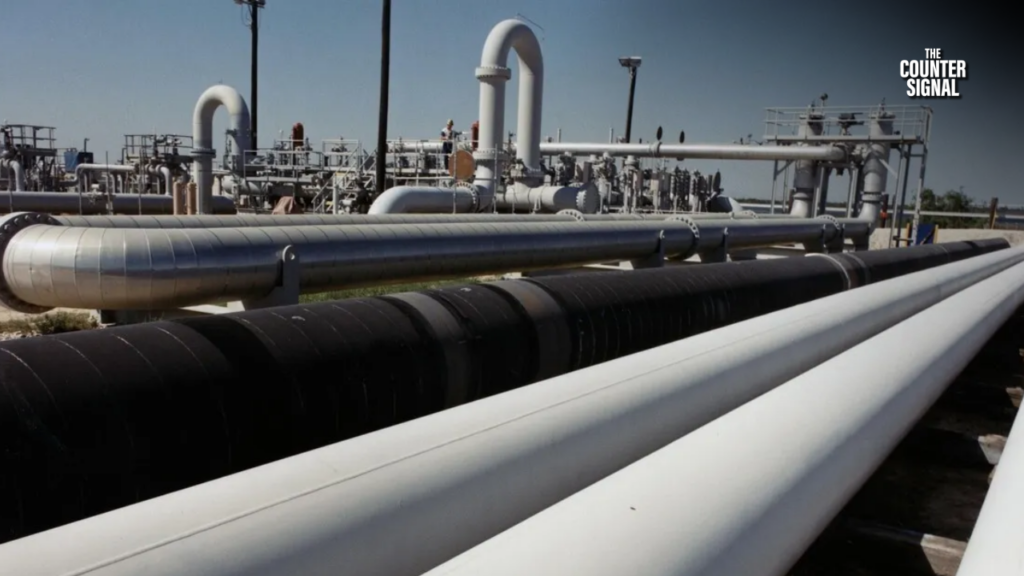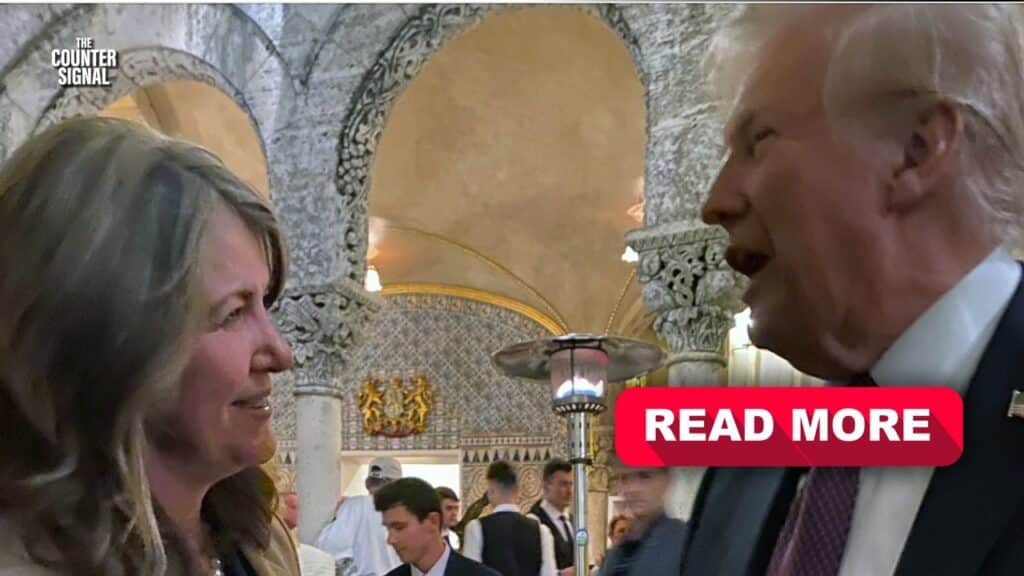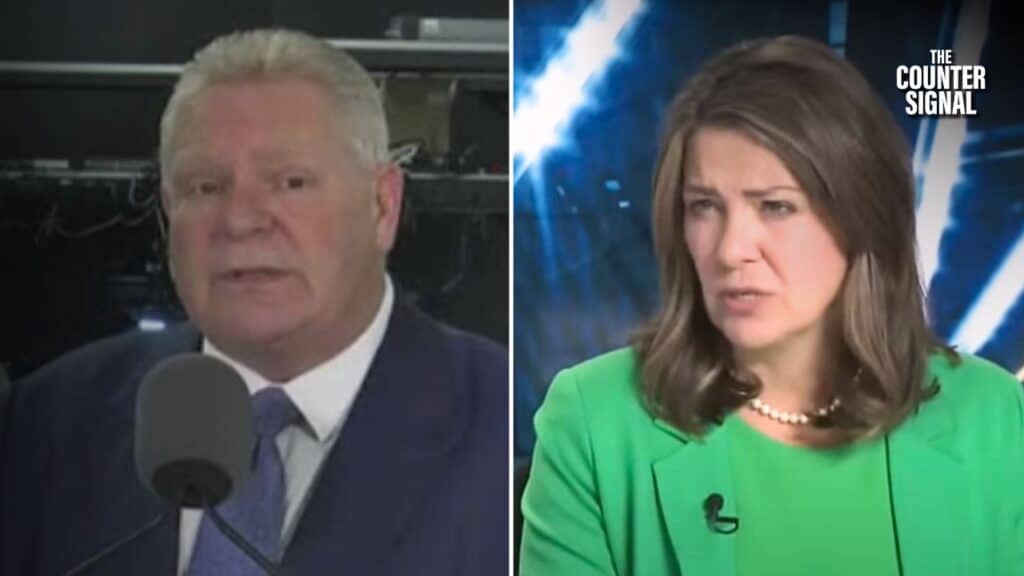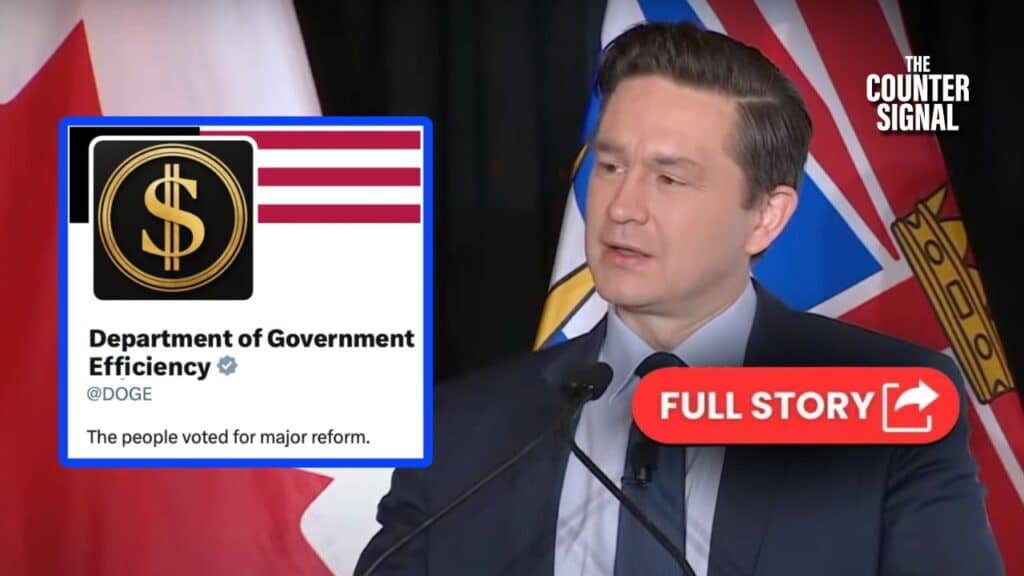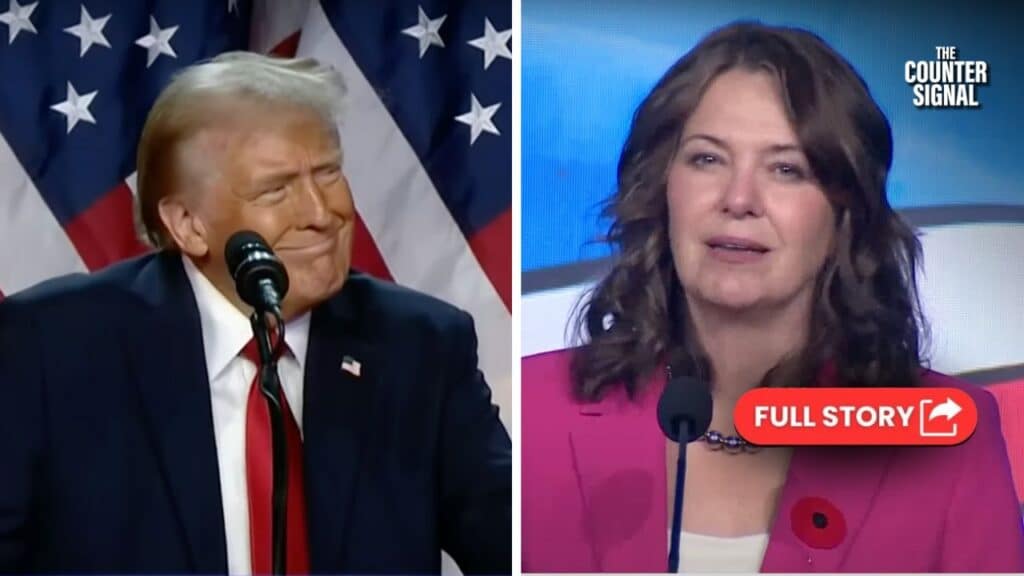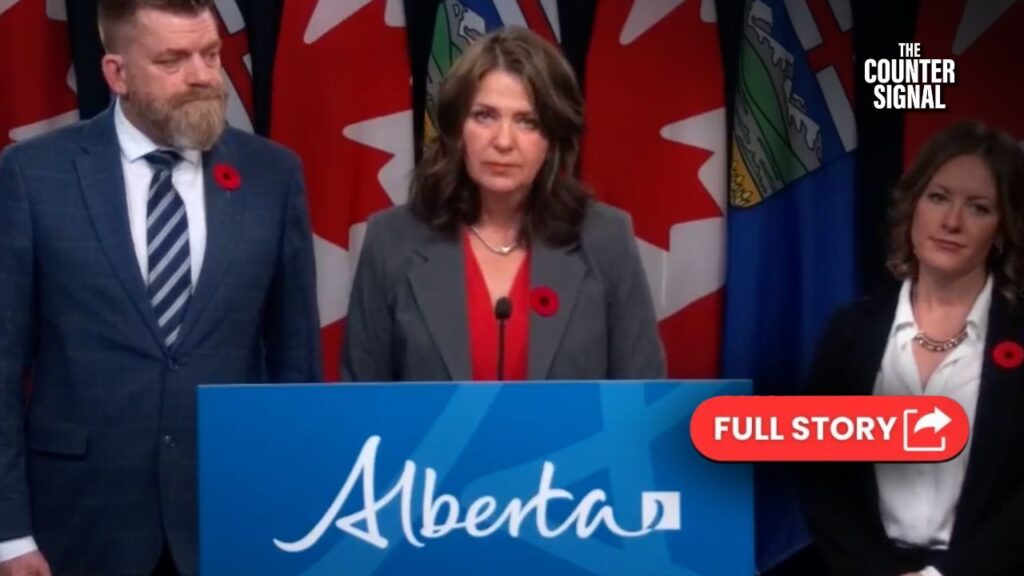Sri Lanka has been rocked by weeks of protests targeting the political establishment as the country roars towards a dire economic crisis.
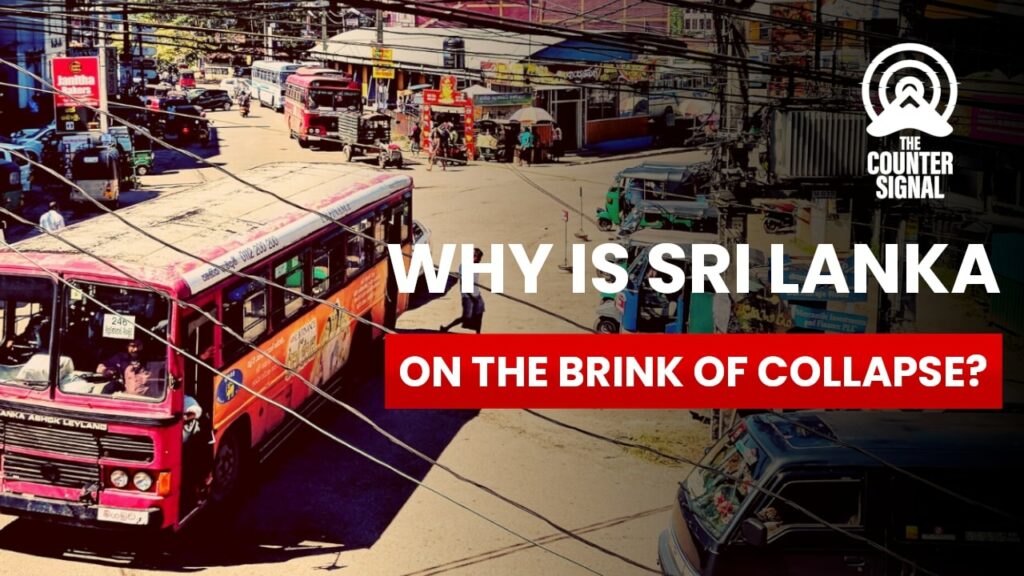
At the heart of the Sri Lankan crisis is a government policy that banned the use of artificial fertilizer in the country to shift towards organic farming — as well as a major oil and gas crisis. In April 2021, former president Rajapaksa banned all chemical fertilizers in Sri Lanka, only to reverse the policy soon after.
Initially, Sri Lanka was importing non-harmful Nano Nitrogen liquid fertilizer from India while simultaneously banning private companies from importing synthetic products.
“The nitrogen content of organic fertilizer is about 3-4%,” said agriculture expert Udith Jayasinghe.
“For paddy cultivation, 80,000 metric tonnes of nitrogen is needed for this season. This cannot be done entirely from compost fertilizer domestically.”
Despite the reversal, the country plunged into systemic shortages of food and other goods. Sri Lanka, a major rice producer, saw a 30% plunge in paddy yields across the country and vegetable prices doubling.
“We are a tropical country full of rice paddies and banana plantations, but because of this stupid fertilizer ban, now we don’t even have enough food to feed ourselves,” former Sri Lankan governor Rajith Keerthi told the Guardian.
“We have had past economic crises, security crises, but never in Sri Lanka’s history have we had a food crisis.”
At the same time, the island nation struggled with a looming economic crisis caused by record low foreign exchange reserves and ballooning inflation.
Inflation has reached around 75% per year, whereas the country’s rupee lost 44% of its value as of August 2020.
Attempts to patch the wounds caused by Rajapaksa’s agricultural policy were unsuccessful. A $200 million compensation package and increases in government agricultural product purchase prices failed to prevent the crisis.
To add to the flames, the Sri Lankan government recently defaulted on its debts, with prime minister Wickremesinghe declaring that the country was “bankrupt” as of July.
To date, the country has missed interest payments on $1.25 billion worth of bonds and has been downgraded by international credit agencies. Estimates place Sri Lanka’s total debt at $50 billion.
Recent scenes coming out of the country show citizens chasing down wealthy Sri Lankans and police denying people gasoline at gunpoint.
Now, with food and gas running out, protestors have occupied the residences of top officials in the Sri Lankan government, leading to the resignations of president Gotabaya Rajapaksa and prime minister Ranil Wickremesinghe.

